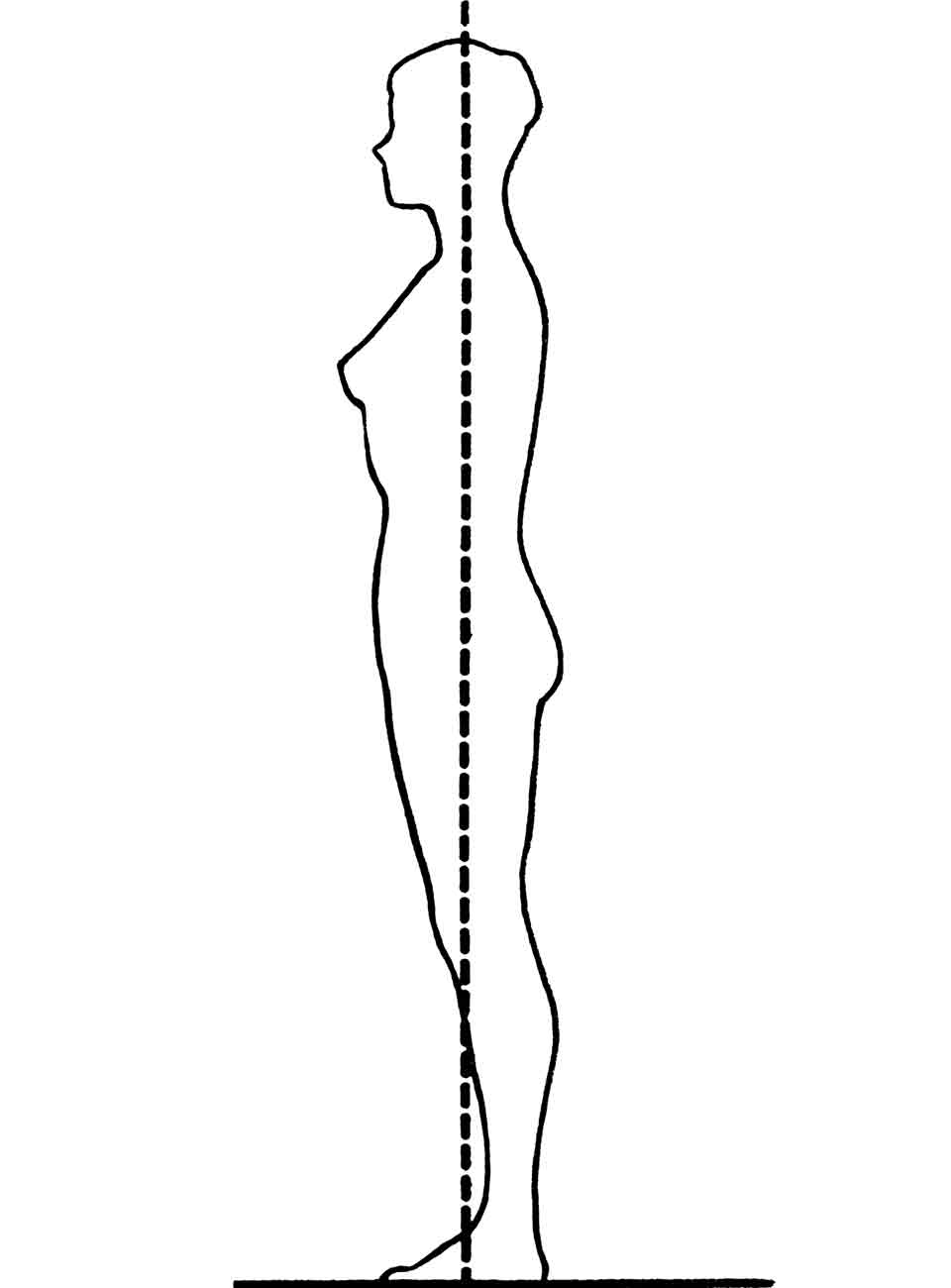Most people who love to run are aware of the multitude of health benefits derived from keeping up a regular running regimen. Not only does running keep a person trim, build more lean muscle mass and burn calories, it also offers the euphoric runner’s high often experienced at the end of a long run.
To stay in good running condition, most avid runner’s take care to wear the right shoes, eat the right foods before and after a run and work on their running posture. Another important aspect of staying in good running condition is a person’s posture when they aren’t on the run.
What is Correct Posture?
How one holds their body has an impact on every system with the body. Among those, respiration, circulation and skeletal systems all directly impacted by posture and respond negatively or positively to the ways in which we consistently hold our bodies whether sitting, standing or moving. The cumulative effects of posture impact our ability to move freely and help provide a buffer which may protect runners from long-term or permanent injuries.
Why Good Posture is Important For Runners
High impact exercise, such as running, can take a toll on the body if proper care and maintenance are not included in a person’s daily activities. The skeletal system is supported by muscles which are trained, mostly through posture, to hold a body erect and in proper alignment. Good posture keeps pressure off joints which is unnecessary and unwarranted. Runners experiencing back pain may find their daily standing and sitting posture at the crux of their pain.
Dr. Daniel Mezanac at Cleveland Clinic’s Center for Spine Health finds most patients who are experiencing acute low back pain or sciatica usually show improvement without extensive diagnostic studies.
Learning and practising proper posture is almost always a contributing factor in correcting and maintaining good spine health and alignment.
Good versus Bad
Good posture holds the spine in a natural aligned way. The muscles hold the body in an erect and neutral position which alleviates or mitigates back pain caused by poor spinal alignment.
Ideally, a person standing erect should be able to envision a straight line which begins at the mid-point of the ear, continues through the center of the shoulder, then down to just behind the middle of the hip, and finally just a touch in front of the center of the knee and ankle.

Bad posture is when any one of these key points is out of position. This can result in back pain, undue wearing on joints, and muscle inflammation.
Keys to Good Posture
A century ago, etiquette classes taught young girls to balance a book atop their head. They were instructed to walk like this for days on end. The purpose of this exercise was to teach good posture. Today, proper stance or sitting postures aren’t often part of a person’s education. “Stand up straight” is a good start, but it is more helpful to begin by knowing what a properly aligned spine feels like. Establishing a good baseline will make future adjustments faster, simpler and accurate.
A quick and simple checklist of six key points is a good start.
- Place feet shoulder-width apart, knees slightly bent.
- Tighten abdominal muscles.
- Chest out, roll shoulders back into an open position.
- Align the pelvis by tucking the buttocks.
- Head should be situated directly over shoulders.
- Shoulders should be directly over hips.
Practising these six steps will achieve proper spinal alignment. Initially, this may create a feeling of awkwardness or even discomfort. Typically, this is due to weak muscles along the spine. With time and practice, good spine alignment will begin to feel more natural and comfortable.
Benefits
Keeping one’s body in good form over time contributes to a multitude of benefits.
Respiration
Many people find they begin to breath more fully. With the shoulders back, the chest expands, allowing for a fuller intake and more complete exhalation of the breath. The lungs and heart reap great benefits from improved respiration, while the entire body and brain experience increased oxygen flow.
Digestion
Sumona Saha, MD, gastroenterologist and assistant professor at the University of Wisconsin School of Medicine, reminds us that slumping and slouching places undue strain on the esophagus and inhibits natural digestive processes. Practising proper spinal form throughout the day and after eating aids in good digestive function.
Strengthen Your Core
Your core muscles begin with the abdominal muscles. Excellent posture places an emphasis on abdominal muscles which keep the spine in check. Paige Waehner, a certified personal trainer and author, sees a direct connection between building strong core muscles and maintaining posture. The two are directly connected to each other.

Improve Your Running Posture
Standing and sitting with the spine in proper position not only provides these health benefits but standing upright makes one look and feel slimmer, not just in the mirror, but to everyone. Working on improving one’s posture takes just minutes each day and provides benefits which will be experienced throughout a runner’s lifetime.





